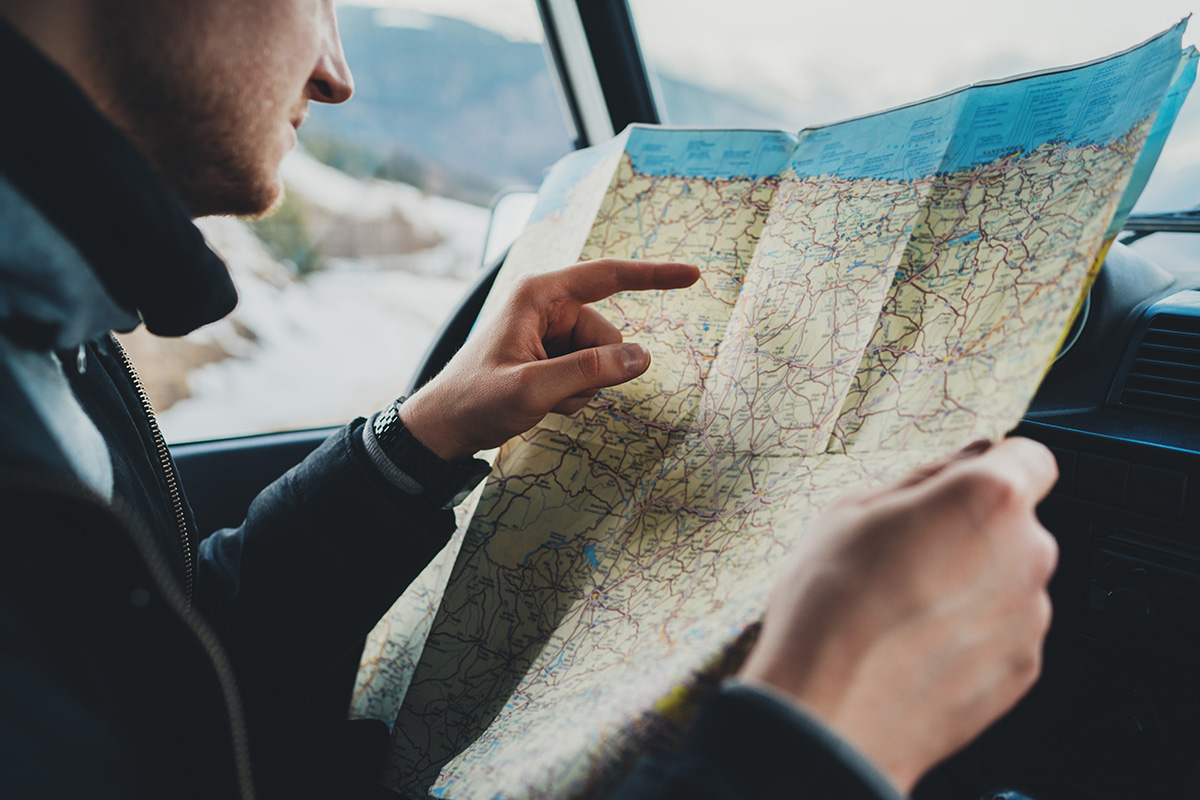August 22, 2017
Driving at Night: Challenges for Drivers
Driving at night is more complex and dangerous than rolling down the roads during the daytime. Here are some tips and tricks for a smoother trip in the dark.
The sun is setting. You check the distance to your destination, another 4 hours away. You know you’ll be out there in the dark, but you have to make it there before morning, so you decide to go for it and conquer it.
Driving at Night and Fatigue
Driving at night tired can be just as dangerous as DUI, so if you feel like your eyes are closing as you slowly drift to sleep while on the road – it is already too late. Make sure to pull over before it even starts and take some time for a nap.
Even a quick 20-minute nap can get your energy flowing again and help you through the last stretch of the trip.
Once the sun goes to sleep, it seems like our bodies want to do the same. Better make sure you’re able to stay awake when driving at night by getting enough sleep beforehand.
Driving at Night Means Reduced Visibility
Darkness means using headlights, and some vehicles, have lights too bright for our delicate pupils.
Staring into a bright headlight as it passes in the opposing lane can lead to temporary blindness and will impart your vision on the road. If you see a bright headlight coming, turn your gaze down and to the right focusing on the edge of the road until the lights pass.
Be aware of the cars in front of you in case the lights blind them. Everybody will react differently to being blinded for a couple of seconds, so have it in mind.
Using Brakes While Driving at Night
Since the main issue faced is not seeing in the dark, tapping on your breaks when coming to a stop will cause them to flash, making the driver behind you more alert.
Avoiding accidents and keeping others and yourself safe should be your ultimate goal.
Rules of Driving at Night
Since it is more difficult to see at night, keeping a safe following distance from the car in front of you is essential. Maintaining distance and driving slow is crucial since coming to an abrupt stop may not alert the drivers in time.
Your following space should just about be double at night versus during the day. Make sure to check your mirrors regularly (which you should be doing anyway) and stay away from tailgaters and unsafe drivers.
Driving at night can be a treat since it often involves less traffic, but difficult visibility makes it more challenging and unsafe.
If you must go in the dark, make sure to educate yourself, be prepared, and exercise the proper precautions so your trip can be accident and stress-free.



